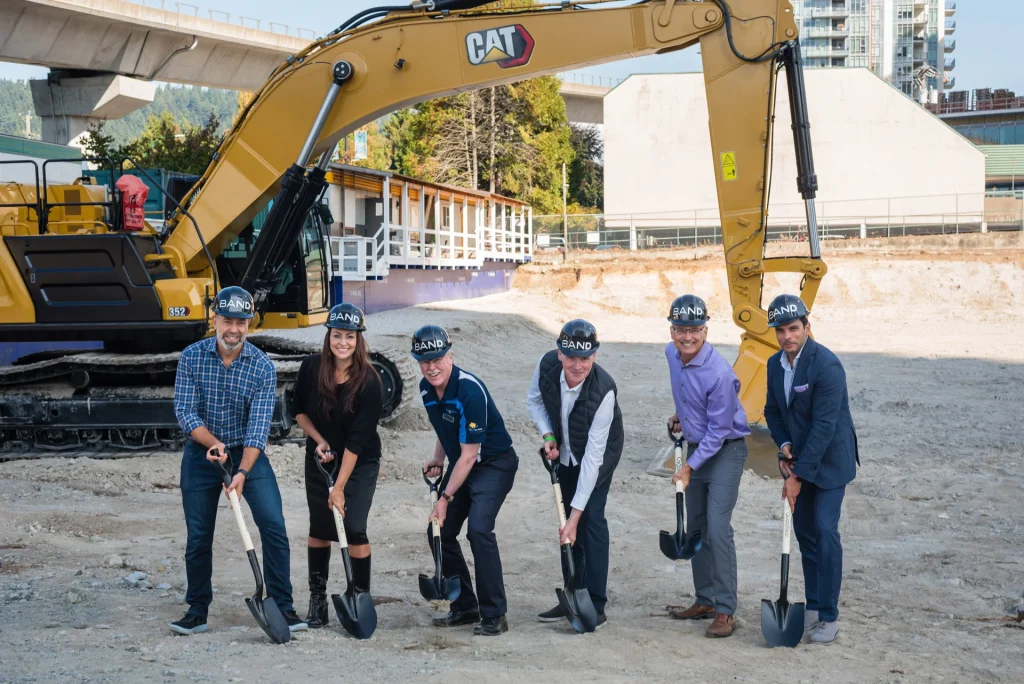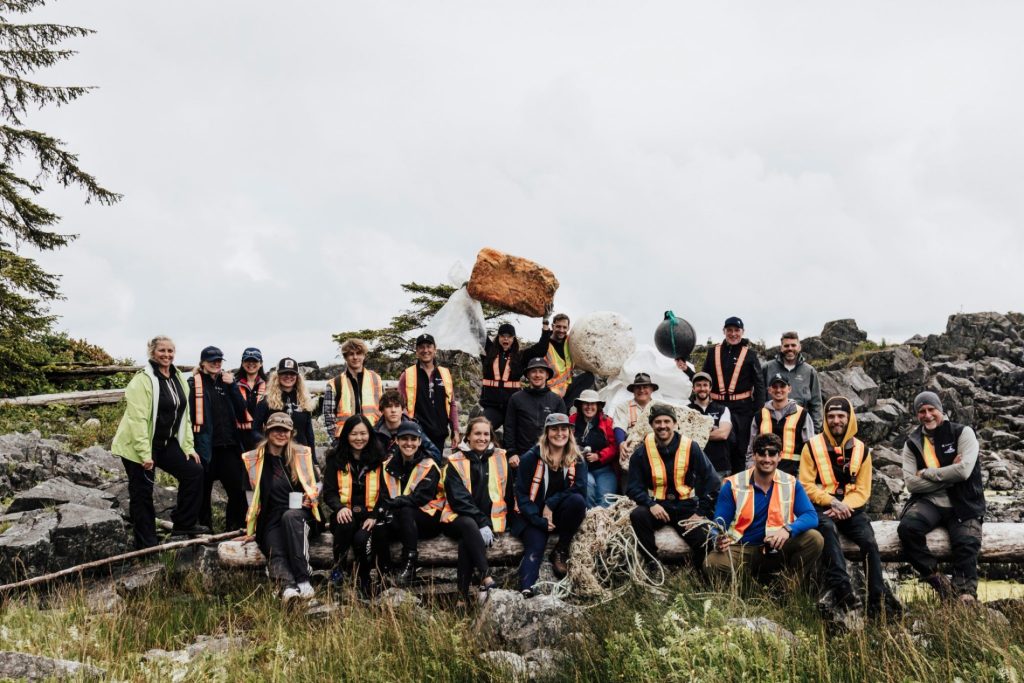Examining the Invisible Epidemic Through the Lens of Permissive Spaces
When considering lifestyle choices that affect longevity, researchers often cite habits like smoking or health markers like obesity as key to the degradation of lifespan. Less commonly considered but quantifiably as significant as these traditionally acknowledged metrics is loneliness. In fact, research has shown that chronic loneliness can affect individuals in much the same way as smoking 15 cigarettes per day.
While the pandemic certainly exacerbated the loneliness crisis worldwide, the concept of increasingly isolated living existed long before 2020. In the last 35 years, the number of Canadians living by themselves has nearly doubled, reflecting a staggering 29.3% of all households countrywide as of 2022. And this is not only among our ageing population. Steady increases in solo living have also occurred in Generation Z, Millennial, and Generation X populations.
The loneliness epidemic is a complex issue that affects various aspects of our lives. Recognizing the impact of housing forms on sense of belonging, our team at Townline is eager to create opportunities to foster connection in the communities we build. Whether it’s permissive, welcoming amenity spaces, or exploring alternative housing models, we’re committed to iterate on these new ideas in the years to come, in an effort to make positive change for our tenants and owners.















